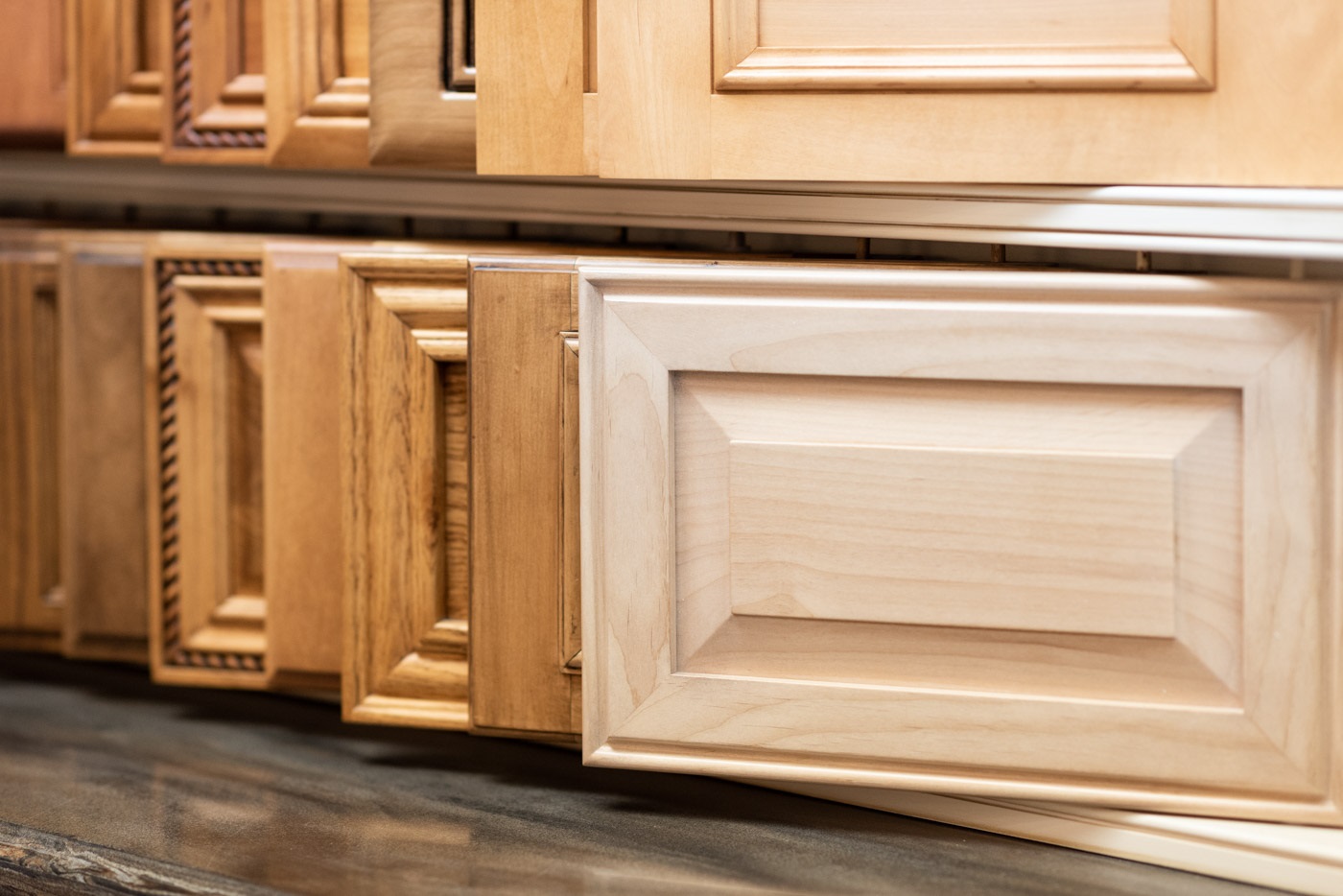

Articles
How To Measure Cabinet Doors
Modified: February 27, 2024
Learn how to accurately measure cabinet doors for your interior design projects. Get tips and tricks to ensure a perfect fit every time.
(Many of the links in this article redirect to a specific reviewed product. Your purchase of these products through affiliate links helps to generate commission for Storables.com, at no extra cost. Learn more)
Introduction
When it comes to updating your kitchen or bathroom cabinets, one of the most crucial steps is measuring the cabinet doors. Accurate measurements are essential to ensure that your new doors fit perfectly and function properly. Whether you’re replacing old doors or installing new ones, knowing how to measure cabinet doors is a skill every homeowner should have.
In this guide, we will walk you through the step-by-step process of measuring cabinet doors. We’ll cover everything from measuring the dimensions of your cabinets to determining the overlay and hinge placement. By following these instructions, you can ensure that your new cabinet doors will fit seamlessly and enhance the overall look of your space.
Before we get started, it’s important to gather the necessary tools and materials. Having the right equipment on hand will make the measuring process easier and more accurate. Let’s take a look at what you’ll need:
Key Takeaways:
- Accurate measurements are crucial for perfectly fitting cabinet doors. Use the right tools, record measurements, and double-check for precision to avoid costly mistakes and ensure a seamless cabinet renovation or installation project.
- Properly measured cabinet doors enhance functionality and elevate aesthetics. If unsure, consult a professional for expert guidance. Enjoy the transformation that perfectly fitted doors bring to your space!
Read more: How To Measure For A Storm Door
Tools and Materials Needed
Before you start measuring your cabinet doors, make sure you have the following tools and materials ready:
- Tape measure: A reliable tape measure is essential for accurate measurements. Get one that has both imperial and metric units for flexibility.
- Pencil or pen: You’ll need something to mark your measurements on the cabinet doors and other surfaces.
- Notepad or paper: Keeping a notepad or paper nearby will help you record your measurements to refer back to later.
- Masking tape: Use masking tape to mark the areas you’re measuring, especially on delicate surfaces, to avoid damage.
- Level: A level will help ensure that your measurements are straight and accurate.
- Calculator: If you need to calculate precise measurements, having a calculator handy will come in handy.
Once you have gathered these tools and materials, you’re ready to start measuring your cabinet doors. Let’s move on to the step-by-step process.
Step 1: Measuring Cabinet Dimensions
The first step in measuring your cabinet doors is to determine the dimensions of your cabinets. This will give you a baseline for the size of the doors you need.
To measure the cabinet dimensions, follow these steps:
- Clear out any items or clutter from inside the cabinet to have a clear view of its interior.
- Using a tape measure, measure the width of the cabinet from left to right. Record this measurement.
- Next, measure the height of the cabinet from top to bottom. Record this measurement as well.
- If your cabinet has multiple shelves, measure the depth or distance between the front and back of the cabinet. This measurement will help determine the maximum thickness of the cabinet doors.
Make sure to record these measurements accurately. It is advisable to double-check them to ensure their accuracy.
Once you have measured your cabinet dimensions, you have a foundation to work with for measuring the cabinet doors themselves. In the next step, we will focus on measuring the width of the cabinet doors.
Step 2: Measuring Cabinet Door Width
Measuring the width of your cabinet doors is crucial to ensure that they fit properly within the cabinet opening. This step will help you determine the exact width of the replacement or new doors you need.
To measure the cabinet door width, follow these steps:
- Choose the side of the cabinet where you want the door to hinge.
- Start by measuring the opening width of the cabinet. Place the tape measure at the inside edge of the cabinet frame on one side, and extend it to the inside edge of the frame on the opposite side. Make sure to measure at the widest point of the opening, taking into account any protruding hinges or other obstructions.
- Take note of this measurement and subtract any necessary allowances for gaps or clearances. This will depend on personal preference and the type of hinges you plan to use.
- The resulting measurement is the width of the cabinet door you need. Round this measurement to the nearest 1/16th inch or millimeter for accuracy.
It’s crucial to double-check your measurements before finalizing the width of the cabinet doors. Accurate measurements are essential to prevent ill-fitting doors that may result in difficulties when opening and closing or compromising the overall aesthetics of your cabinets.
Now that you have the width measurement, let’s move on to measuring the height of the cabinet doors in Step 3.
Step 3: Measuring Cabinet Door Height
Measuring the height of your cabinet doors is another crucial step in ensuring a proper fit. By accurately measuring the height, you can ensure that the doors cover the entire cabinet opening and align with the surrounding surfaces.
To measure the cabinet door height, follow these steps:
- Choose the side of the cabinet where you want the door to hinge.
- Starting from the top inside edge of the cabinet frame, measure down to the desired height for the cabinet door. Take note of this measurement.
- Consider any necessary allowances like a small gap at the bottom or top of the door for clearance and smooth operation.
- Verify that the height measurement is consistent across all cabinet doors if you are measuring multiple doors for the same set of cabinets.
Ensure the accuracy of your height measurement, as even a slight deviation can result in ill-fitting doors. Double-check the measurements before moving on to the next step.
Now that you have determined the proper height for the cabinet doors, we can proceed to Step 4 to measure the thickness of the doors.
When measuring cabinet doors, always measure the height, width, and depth accurately. Use a tape measure and measure from the top, bottom, and middle for accuracy. Double-check your measurements before ordering or purchasing new doors.
Read more: How To Measure For Closet Doors
Step 4: Measuring Cabinet Door Thickness
Measuring the thickness of your cabinet doors is essential to ensure a proper fit within the cabinet frame. It’s important to know the exact thickness so that the doors align correctly and operate smoothly.
To measure the cabinet door thickness, follow these steps:
- Using a tape measure, measure the thickness of the existing cabinet doors if you are replacing them. If you are measuring for new doors, consider the desired thickness you want.
- Measure the door thickness at various points along the edge, as some doors may have slight variations in thickness.
- Record the thickest measurement of the door thickness, as this will be critical for select hardware, such as hinges and handles.
Make sure to choose a measurement unit (inches or millimeters) and record all measurements consistently.
Having accurate door thickness measurements is crucial for ensuring that the doors fit snugly within the cabinet frame and seamlessly align with the overall design. Double-check your measurements to ensure precision.
With the door thickness measurement complete, we can move on to Step 5, which covers measuring the cabinet door overlay.
Step 5: Measuring Cabinet Door Overlay
Measuring the cabinet door overlay is an important step in ensuring that the doors align properly with the cabinet frame. The overlay refers to how much the doors cover or overlap the face frame of the cabinets.
To measure the cabinet door overlay, follow these steps:
- Determine the type of overlay you want for your cabinet doors. Common overlay types include full overlay, partial overlay, and inset.
- For measuring the overlay, start by closing the cabinet door completely.
- Measure the distance from the edge of the door to the edge of the cabinet frame on the hinge side.
- Ensure that the measurement encompasses the visible face frame, if present, and not just the cabinet door itself.
- Record this measurement as the overlay width.
Properly measuring the cabinet door overlay is crucial for achieving the desired aesthetic and functionality. It ensures that the doors cover the frame adequately and align with adjacent doors or panels.
Keep in mind that the overlay measurement may vary for different cabinets within the same space. It’s essential to measure each cabinet door individually for accuracy.
With the overlay measurement complete, we can proceed to Step 6, which involves measuring the cabinet door hinge placement.
Step 6: Measuring Cabinet Door Hinge Placement
Measuring the hinge placement for your cabinet doors is crucial for ensuring proper installation and smooth operation. The hinge placement determines how the door attaches to the cabinet frame and swings open and closed.
To measure the cabinet door hinge placement, follow these steps:
- Determine the type of hinges you plan to use for your cabinet doors. The most common types include concealed hinges, European hinges, and butt hinges.
- Measure the distance from the top edge of the door to the center of the hinge placement. This measurement will vary depending on the type of hinge and manufacturer’s recommendations.
- Measure the distance from the bottom edge of the door to the center of the hinge placement.
- For doors with multiple hinges, measure the distance between each hinge placement. This ensures even weight distribution and proper alignment.
- Record these measurements for each cabinet door.
Accurate hinge placement ensures that the doors hang properly and open and close smoothly. It is crucial to follow manufacturer guidelines and recommendations for hinge placement to achieve optimal functionality.
Remember to double-check your measurements and adjust them if necessary. Incorrect hinge placement can lead to misaligned doors, uneven gaps, and difficulty in opening and closing.
With the hinge placement measurements complete, we can move on to the final step, Step 7, which involves recording and double-checking all the measurements.
Step 7: Recording and Double-Checking Measurements
After completing the previous steps of measuring your cabinet doors, it is crucial to record and double-check all measurements to ensure accuracy before making any purchases or modifications.
Follow these steps to record and double-check your measurements:
- Transfer all the measurements you have taken onto a notepad, paper, or a digital document. Organize them in a clear and easily understandable format, labeling each measurement accordingly.
- Review each measurement to ensure consistency and accuracy. Double-check that you have used the same measurement unit throughout.
- Compare your recorded measurements against the manufacturer’s recommendations, if available, or consult with a professional if needed.
- If possible, physically verify your measurements by comparing them to the actual cabinet doors or by test-fitting a sample door.
- If you notice any discrepancies or uncertainties, remeasure the affected dimension to ensure it is correct.
By meticulously recording and double-checking your measurements, you can avoid costly mistakes and ensure a perfect fit for your new cabinet doors.
Remember that accuracy is key when it comes to measuring cabinet doors. Even a small error in measurements can lead to ill-fitting doors that may not align properly or operate smoothly.
Once you are confident in the accuracy of your measurements, you can proceed to purchase or order the appropriate cabinet doors, confident that they will fit seamlessly into your space.
With Step 7 completed, you have successfully measured your cabinet doors and are ready to move forward with your project. By following these steps and ensuring accuracy, you can transform the look and functionality of your cabinets with confidence.
Remember that if you are unsure about any step of the measuring process or feel uncomfortable taking measurements yourself, it is always best to consult with a professional for guidance. They can provide expert advice and assistance to ensure that your cabinet doors fit perfectly.
Happy measuring and best of luck with your cabinet door project!
Read more: How To Measure For Patio Doors
Conclusion
Measuring cabinet doors accurately is a crucial step in any cabinet renovation or installation project. Whether you’re replacing old doors or installing new ones, taking precise measurements ensures a proper fit, smooth operation, and enhances the overall aesthetics of your space.
In this guide, we covered the step-by-step process of measuring cabinet doors. We started by measuring the dimensions of your cabinets to establish a baseline. Then, we moved on to measuring the width, height, thickness, overlay, and hinge placement of the cabinet doors. Each step provided detailed instructions to help you obtain accurate measurements.
Throughout the process, it’s essential to use the right tools, such as a tape measure, pencil, notepad, and level, for precision and efficiency. Additionally, recording and double-checking measurements is crucial to ensure accuracy before proceeding with purchasing or installing the cabinet doors.
By following these guidelines, you can save time, money, and frustration that may come with ill-fitting or misaligned cabinet doors. Properly measured doors will not only enhance the functionality of your cabinets but also elevate the overall aesthetic appeal of your kitchen, bathroom, or any other space where cabinets are installed.
However, if you find the measuring process challenging or if you are unsure about any step, it is always recommended to consult with a professional. They have the expertise and experience to guide you through the process, ensuring precise measurements and a successful cabinet door project.
Now that you have the knowledge and understanding of how to measure cabinet doors accurately, you can confidently embark on your cabinet renovation or installation project. Remember to take your time, be meticulous in your measurements, and enjoy the transformation that perfectly fitted cabinet doors can bring to your space.
Happy measuring and best of luck with your cabinet door project!
Frequently Asked Questions about How To Measure Cabinet Doors
Was this page helpful?
At Storables.com, we guarantee accurate and reliable information. Our content, validated by Expert Board Contributors, is crafted following stringent Editorial Policies. We're committed to providing you with well-researched, expert-backed insights for all your informational needs.
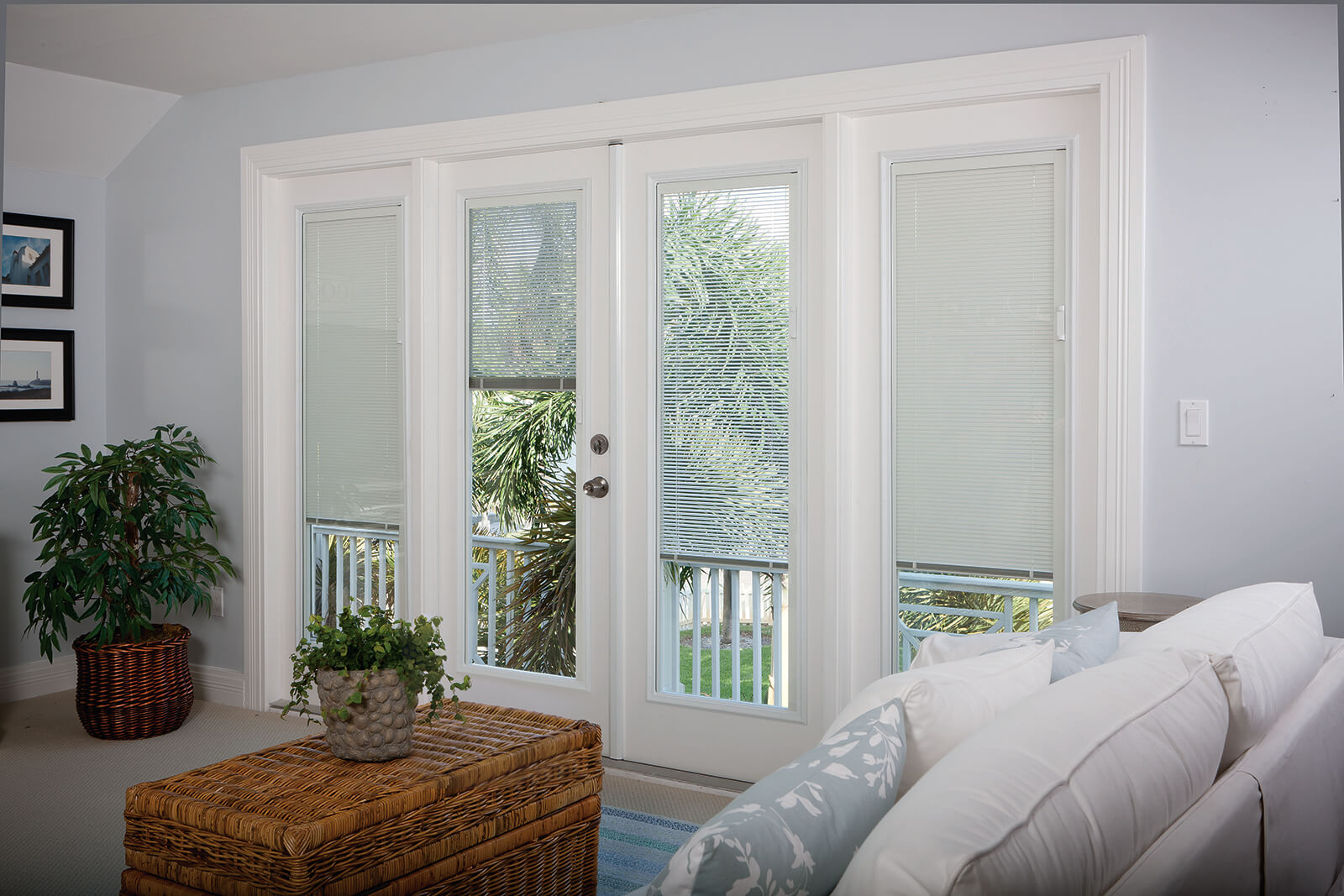
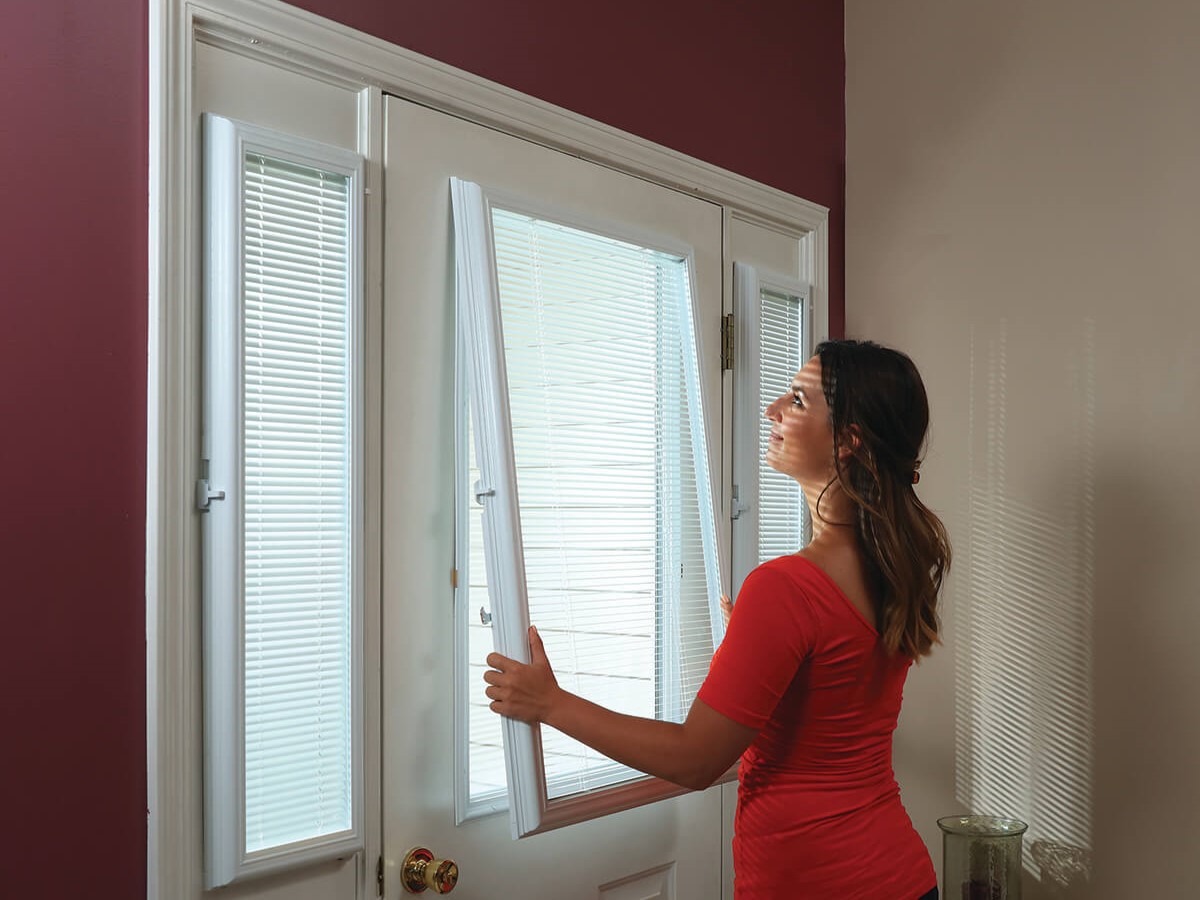
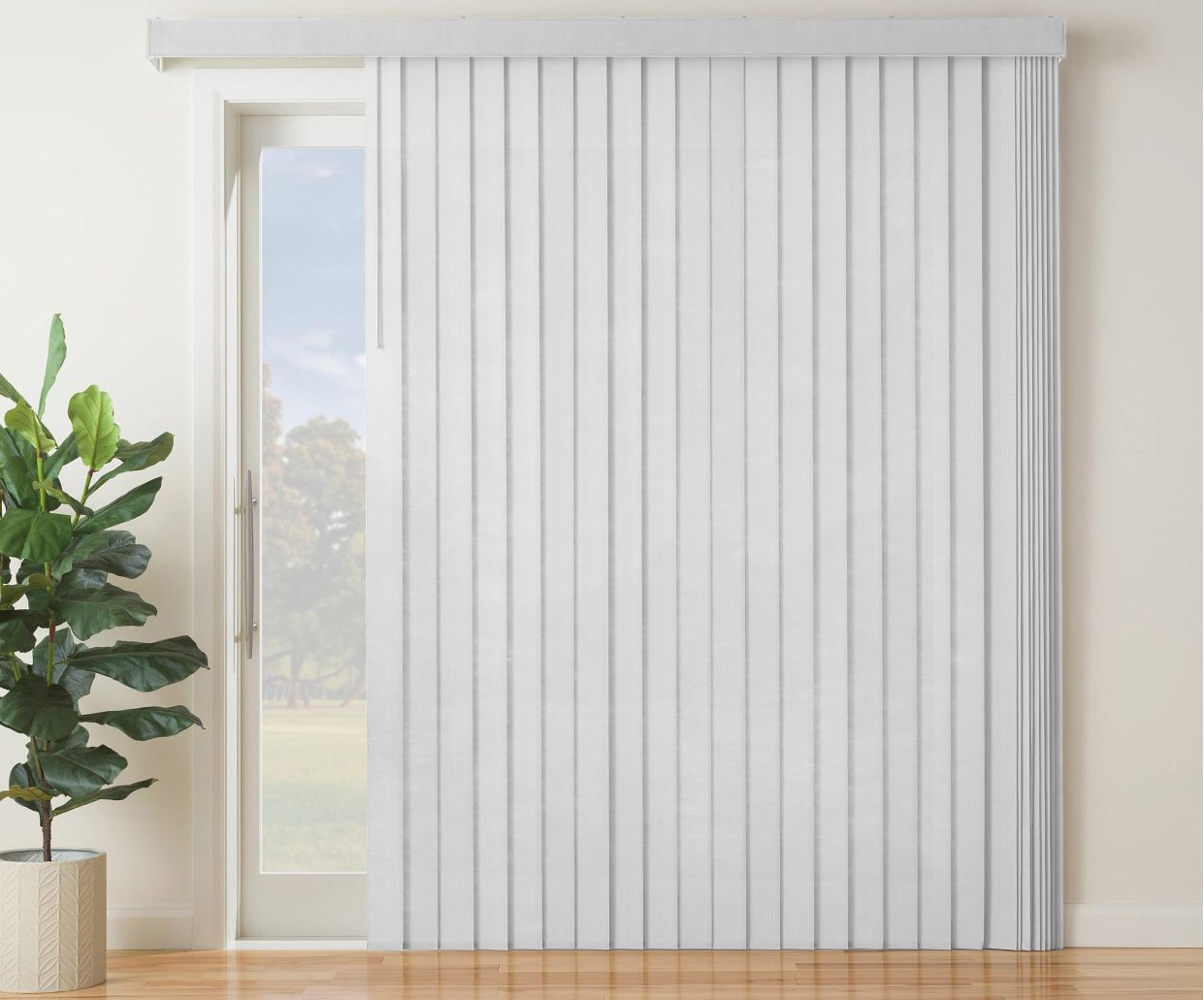
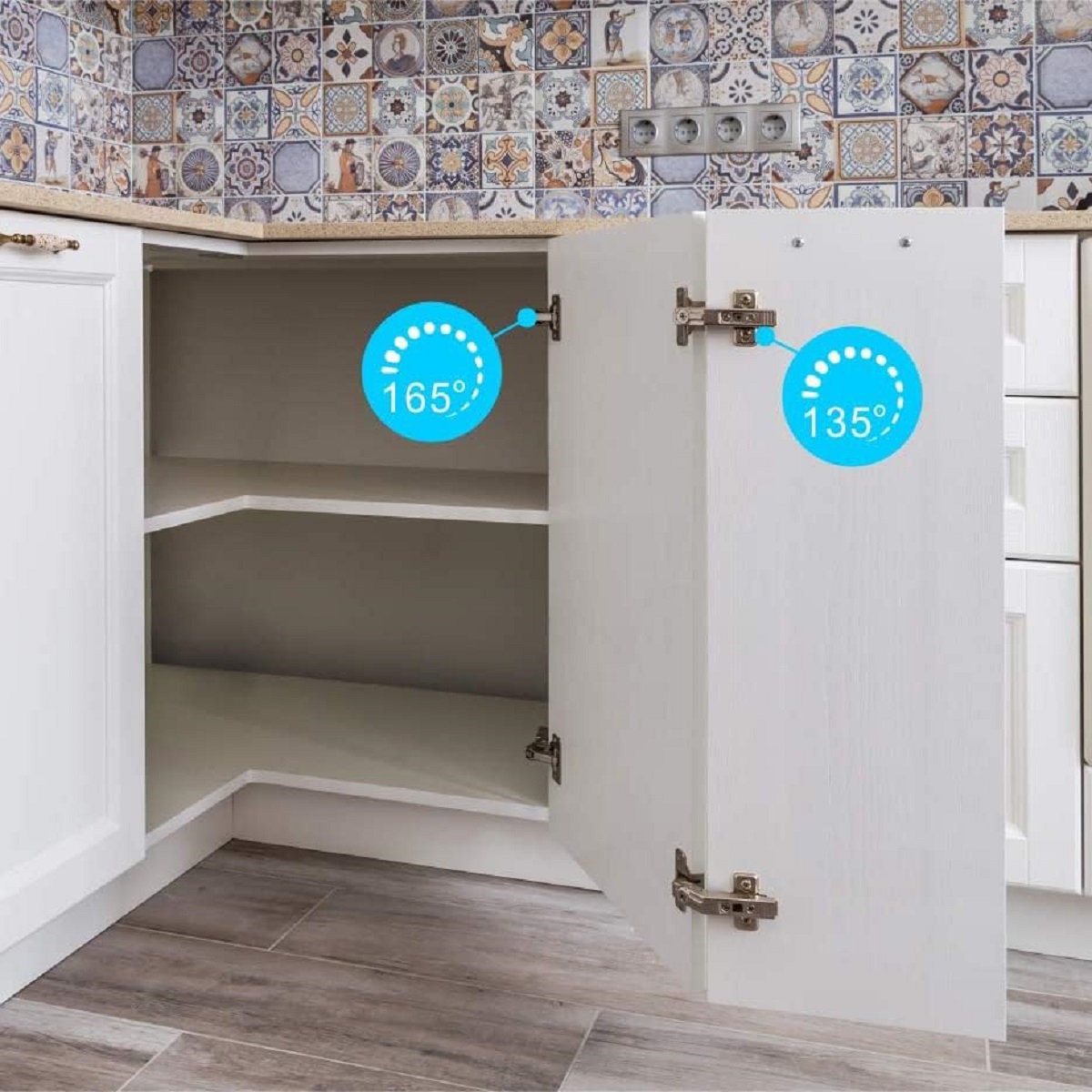
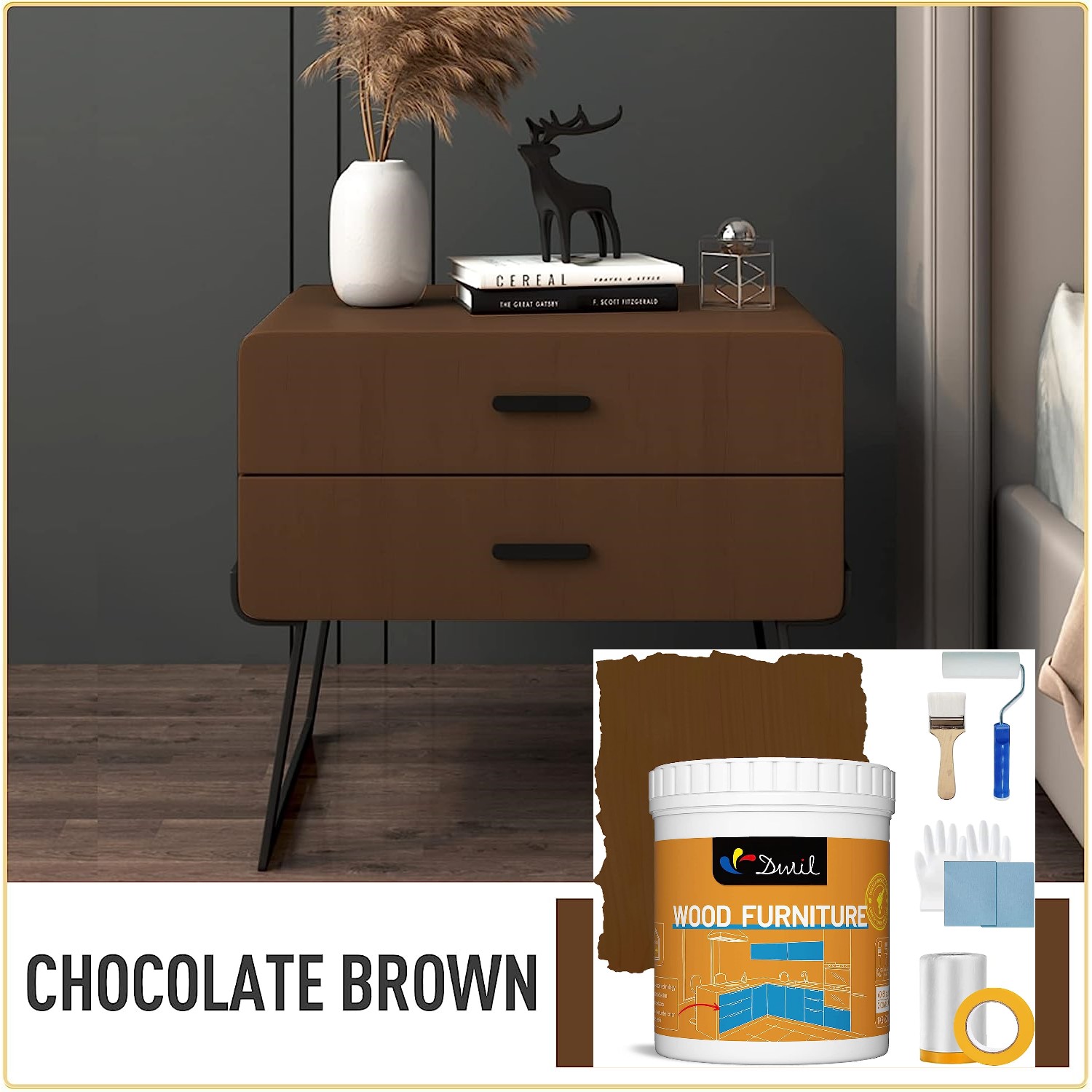
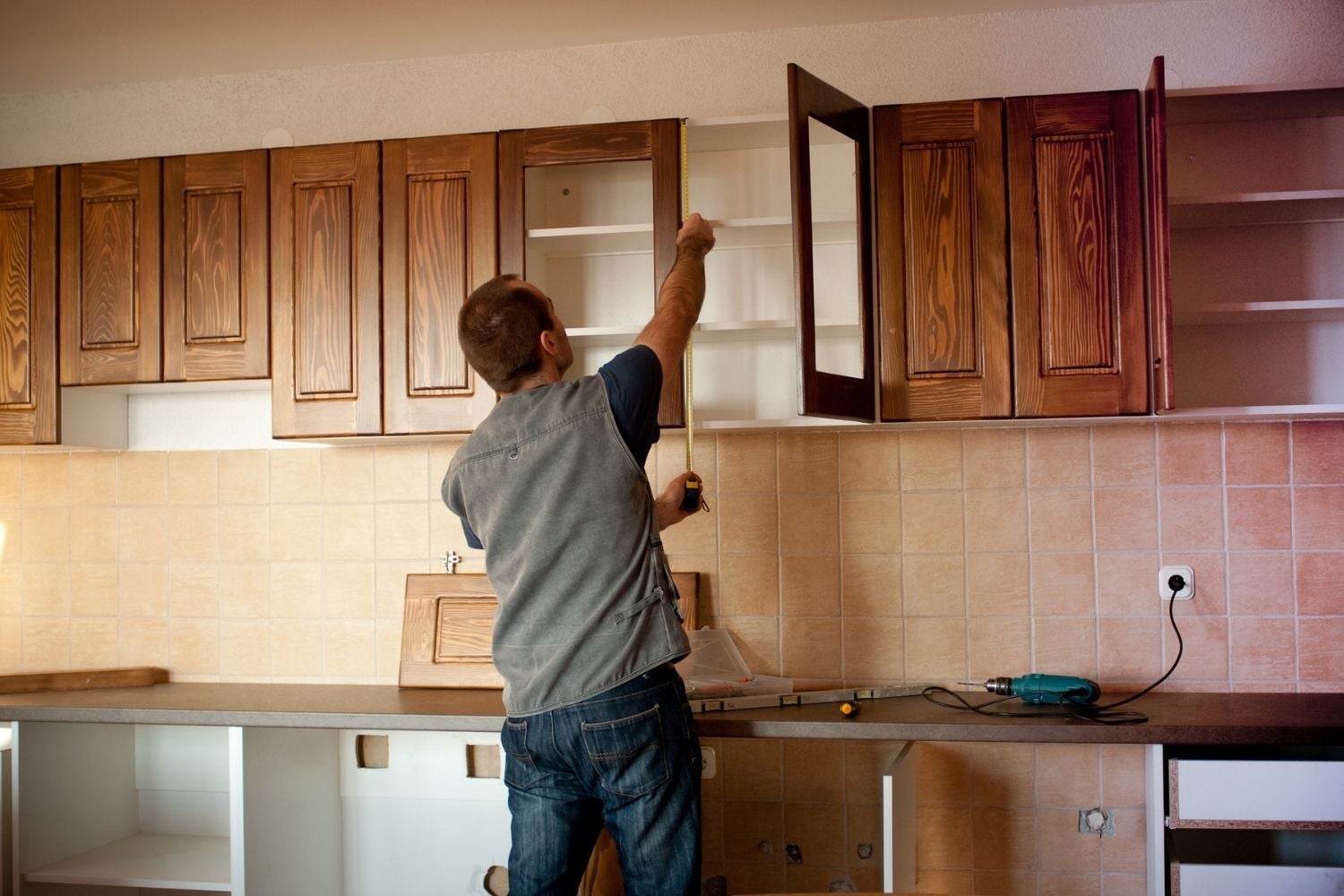
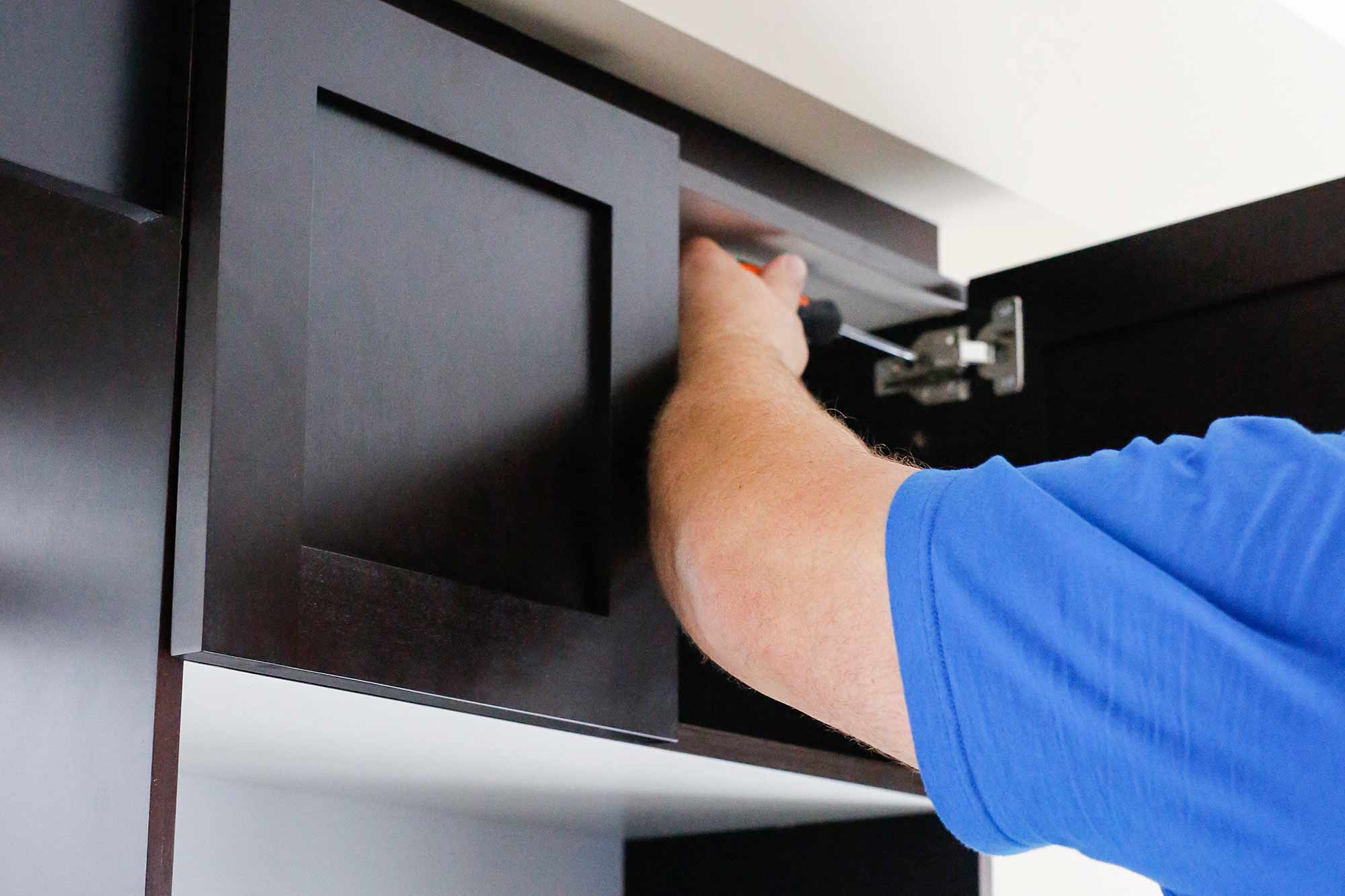
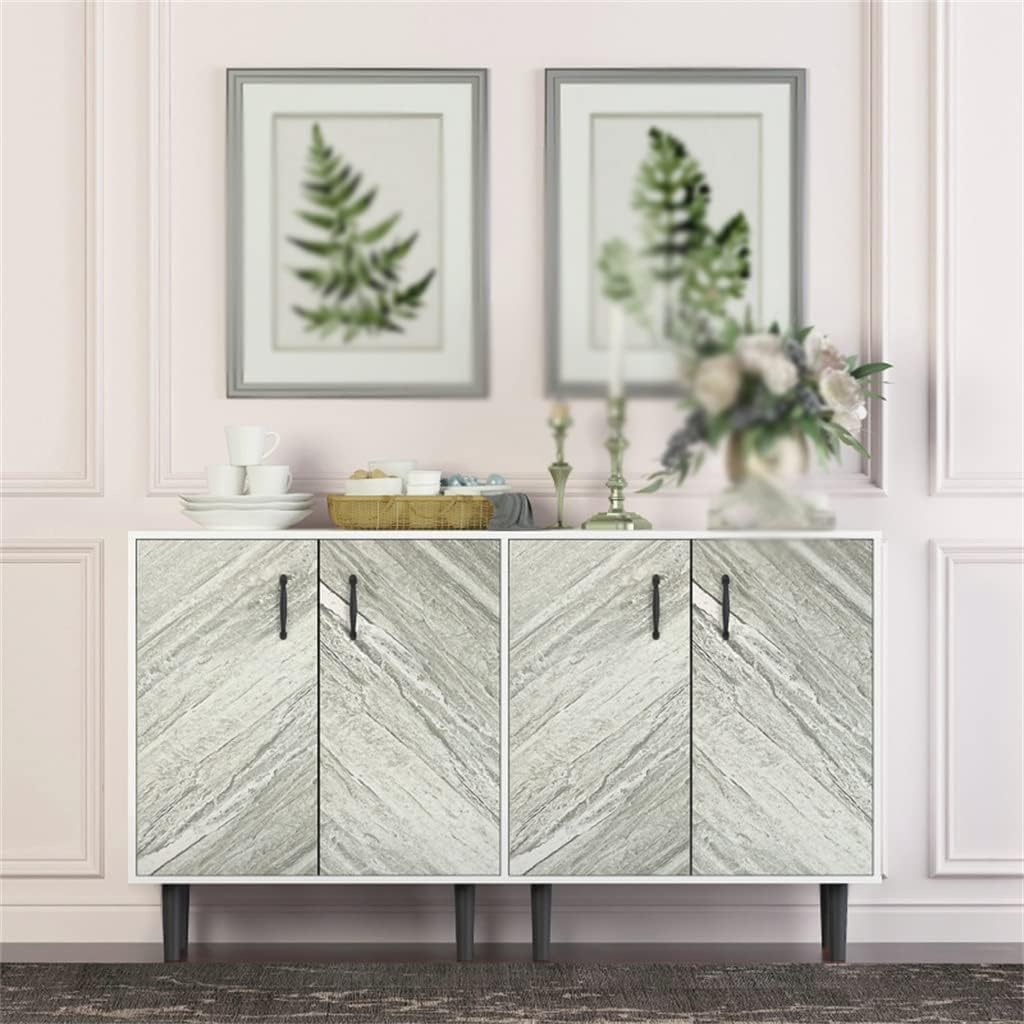
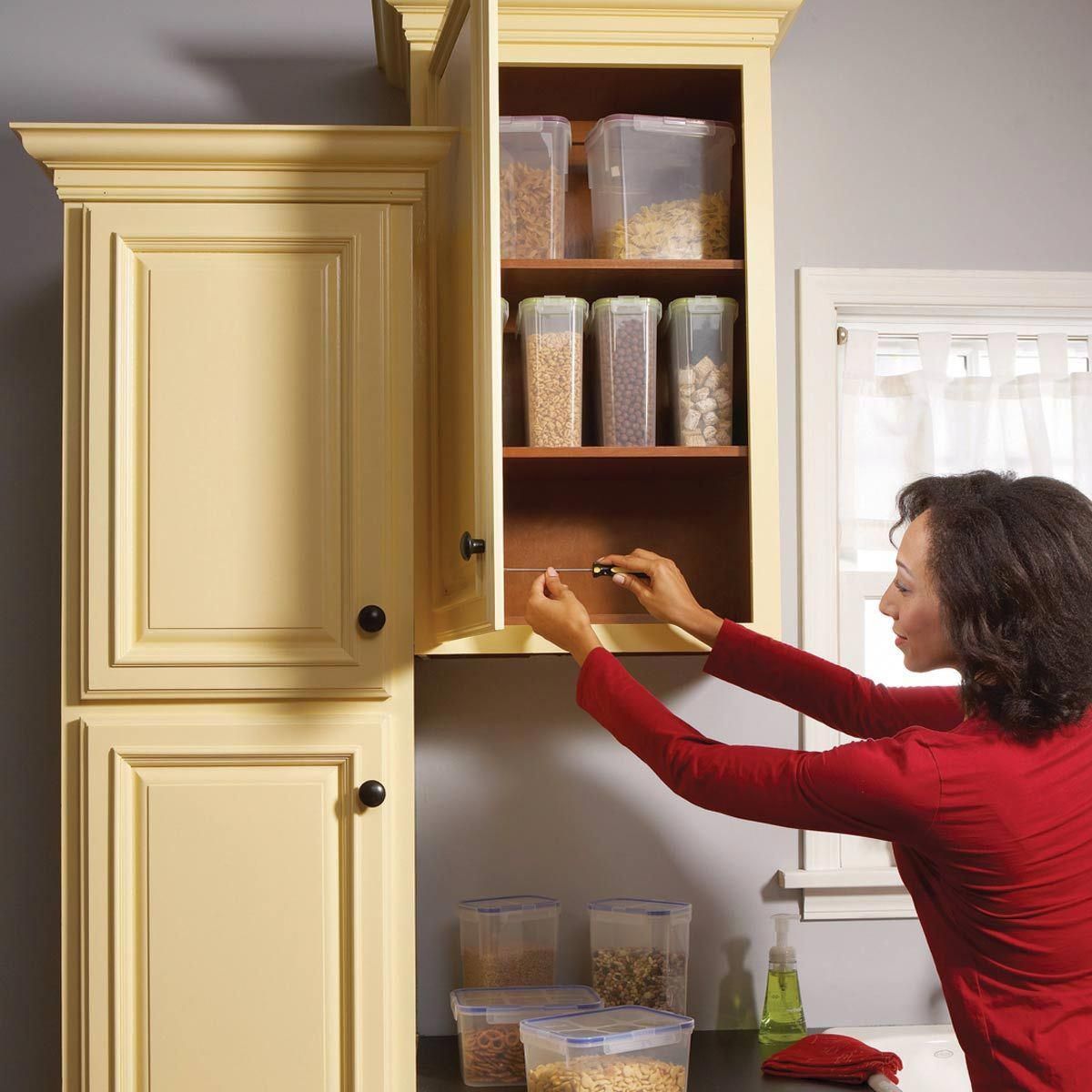
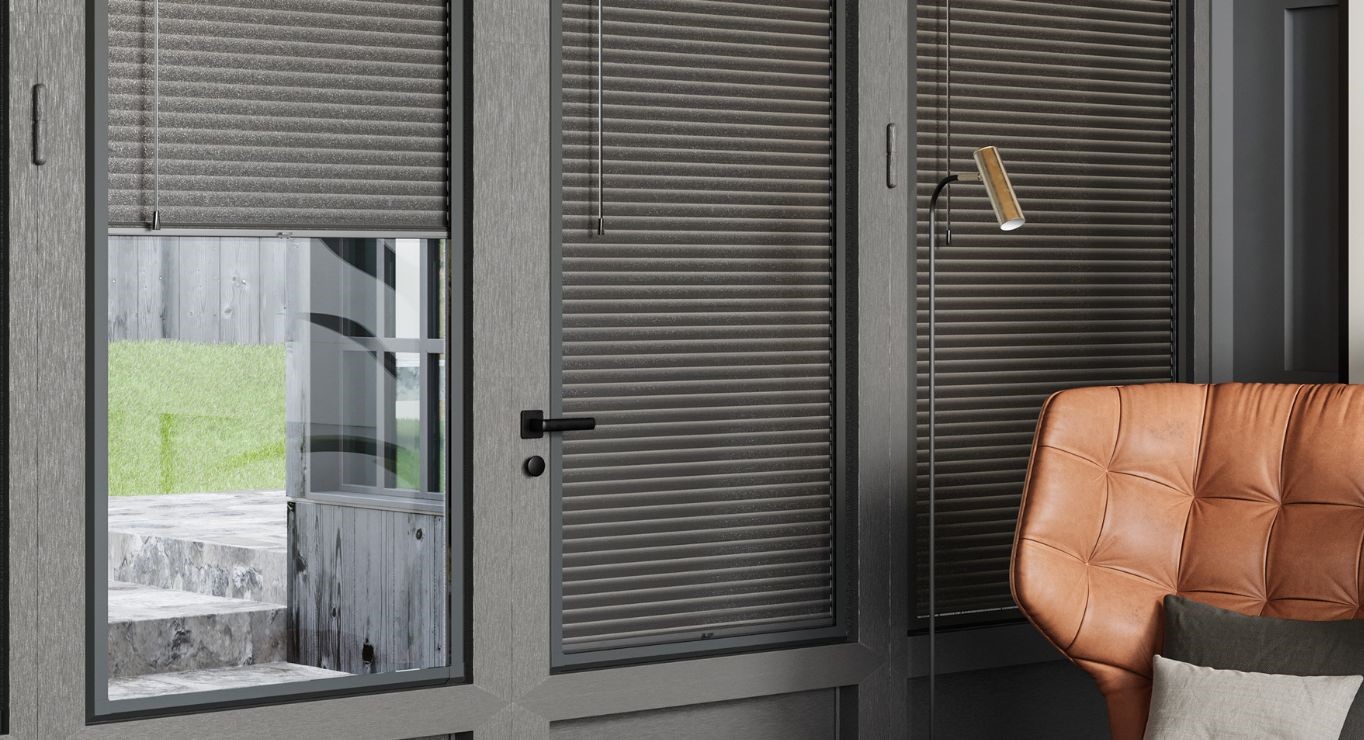
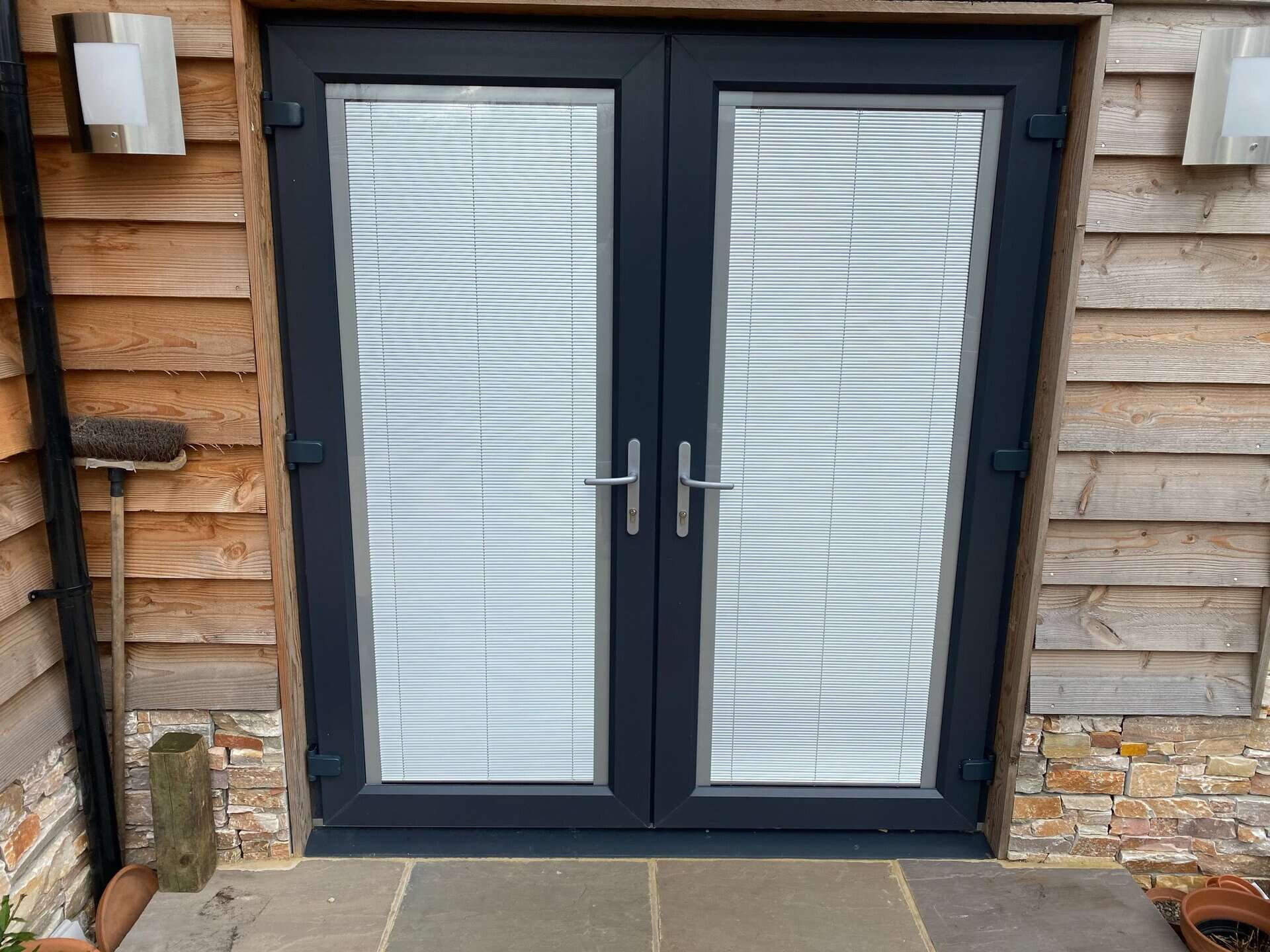
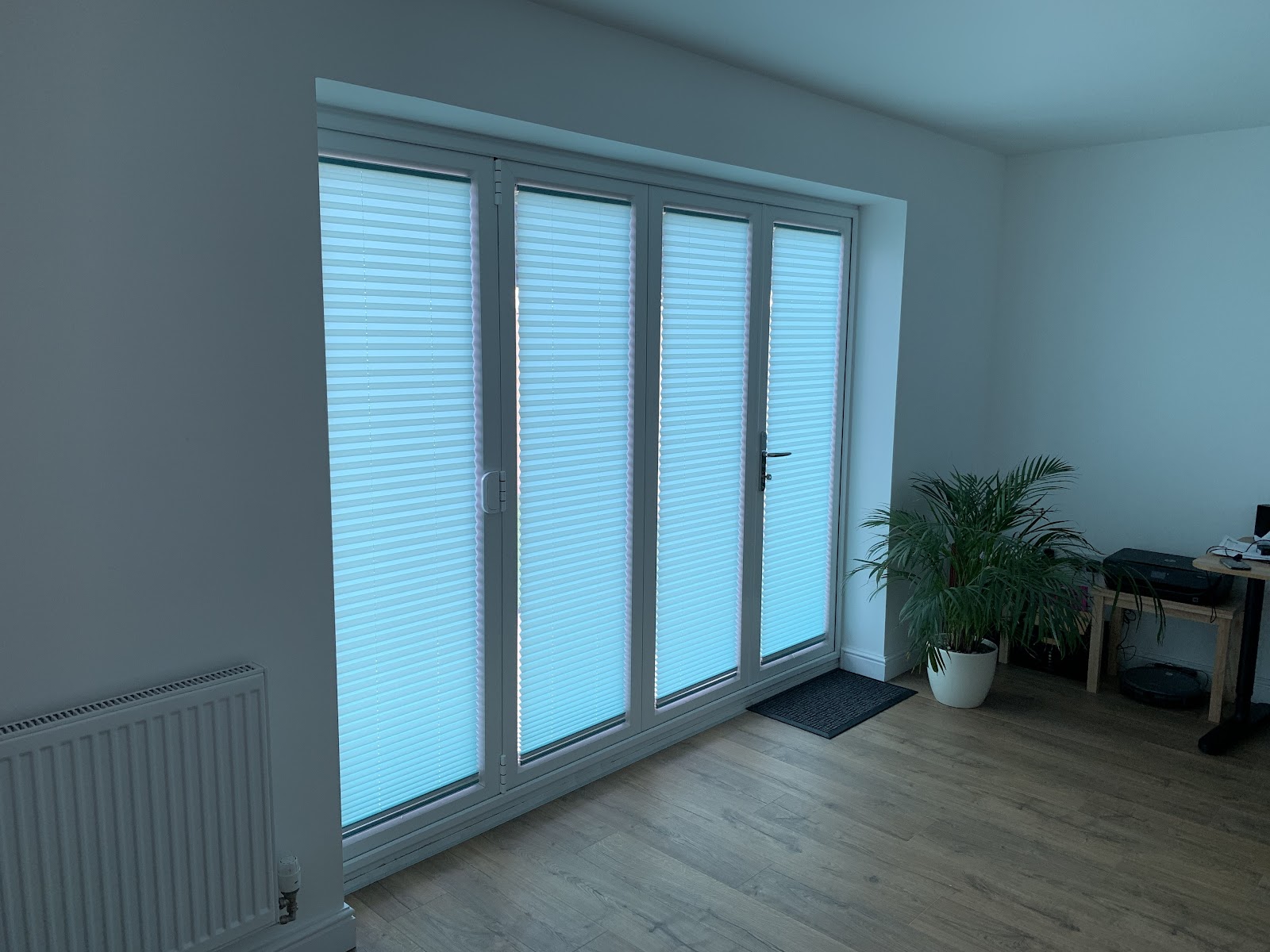
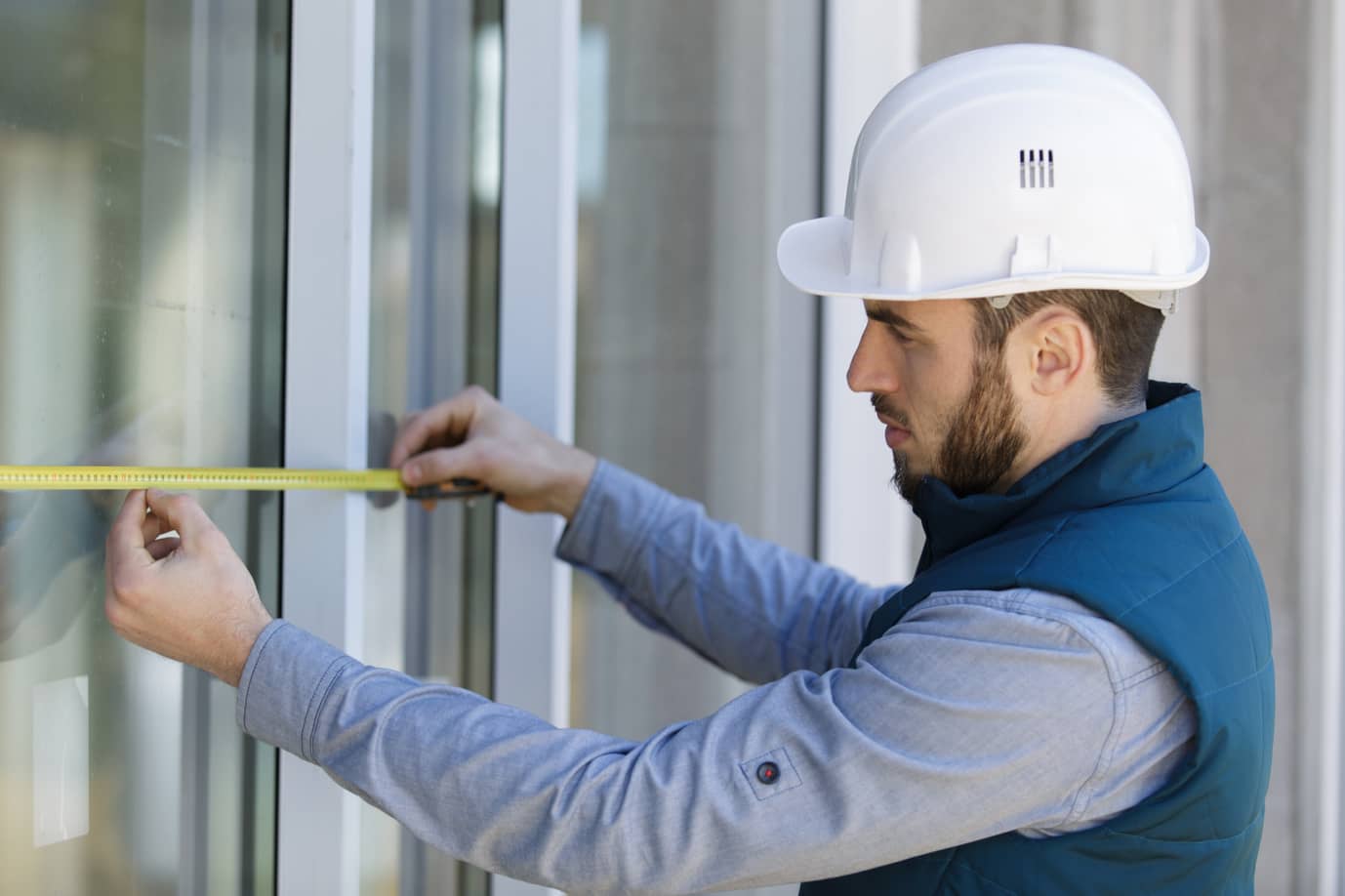

0 thoughts on “How To Measure Cabinet Doors”